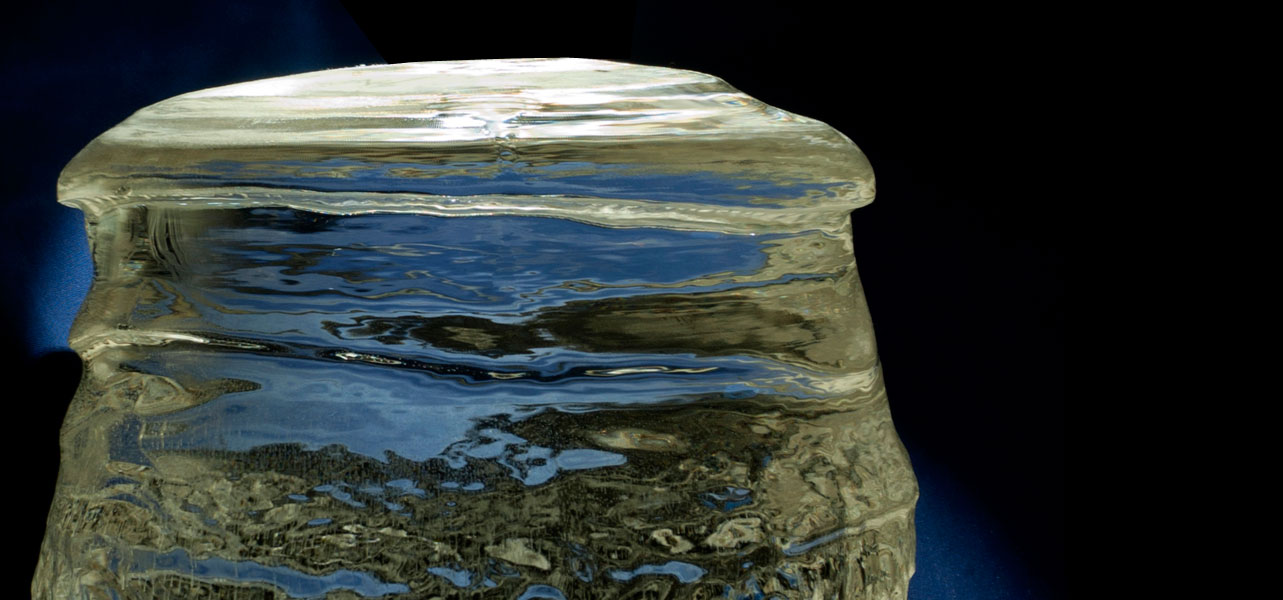Description
Excellent physical and chemical properties of sapphire make it an indispensable component for a variety hi-tech applications. Sapphire crystal lattice is the best match for mass production of nitride-based light emitting diodes (LEDs).
The latest achievements in sapphire growing and processing make it available for a variety of new promising applications including consumer electronics, dentistry, spacecraft windows and RFICs. Unparalleled hardness, outstanding chemical resistance, low refractive index and melting point over 2000 °C make synthetic sapphire a versatile material of the future.
Sapphire properties
General
Chemical composition: Al2O3
Growing method: Kyropoulos
Crystal structure: hexagonal
a = b = 4.77 A
c = 13.04 A
Thermal
Melting point: 2050 °C
Linear expansion coefficient: 6,7 x 10-6 / °C parallel to С axis
5.0 x 10-6 / °C perpendicular to С axis
Thermal conductivity: 46,06 W/(mK) (0°C)
Mechanical
Density 3,98 g/cm3
Hardness Mohs: 9
Knoop: 1900 parallel to С axis
2200 perpendicular to С axis
Tensile strength: 400 MPa (25°C) 275 MPa (500°C) 345 MPa (1000°C)
Flexural strength: 450-895 MPa
Compression stress: 2,0 GPa
Young's modulus 345 GPa
Electric
Dielectric permeability: 9,3 (103 - 109 Hz, 25°C) perpendicular to С axis
11,5 (103 - 109 Hz, 25°C) parallel to С axis
Specific resistivity: 1016 Оhm·сm (25°C)
1011 Оhm·сm (500°C)
106 Оhm·сm (1000°C)
The latest achievements in sapphire growing and processing make it available for a variety of new promising applications including consumer electronics, dentistry, spacecraft windows and RFICs. Unparalleled hardness, outstanding chemical resistance, low refractive index and melting point over 2000 °C make synthetic sapphire a versatile material of the future.
Sapphire properties
General
Chemical composition: Al2O3
Growing method: Kyropoulos
Crystal structure: hexagonal
a = b = 4.77 A
c = 13.04 A
Thermal
Melting point: 2050 °C
Linear expansion coefficient: 6,7 x 10-6 / °C parallel to С axis
5.0 x 10-6 / °C perpendicular to С axis
Thermal conductivity: 46,06 W/(mK) (0°C)
Mechanical
Density 3,98 g/cm3
Hardness Mohs: 9
Knoop: 1900 parallel to С axis
2200 perpendicular to С axis
Tensile strength: 400 MPa (25°C) 275 MPa (500°C) 345 MPa (1000°C)
Flexural strength: 450-895 MPa
Compression stress: 2,0 GPa
Young's modulus 345 GPa
Electric
Dielectric permeability: 9,3 (103 - 109 Hz, 25°C) perpendicular to С axis
11,5 (103 - 109 Hz, 25°C) parallel to С axis
Specific resistivity: 1016 Оhm·сm (25°C)
1011 Оhm·сm (500°C)
106 Оhm·сm (1000°C)
